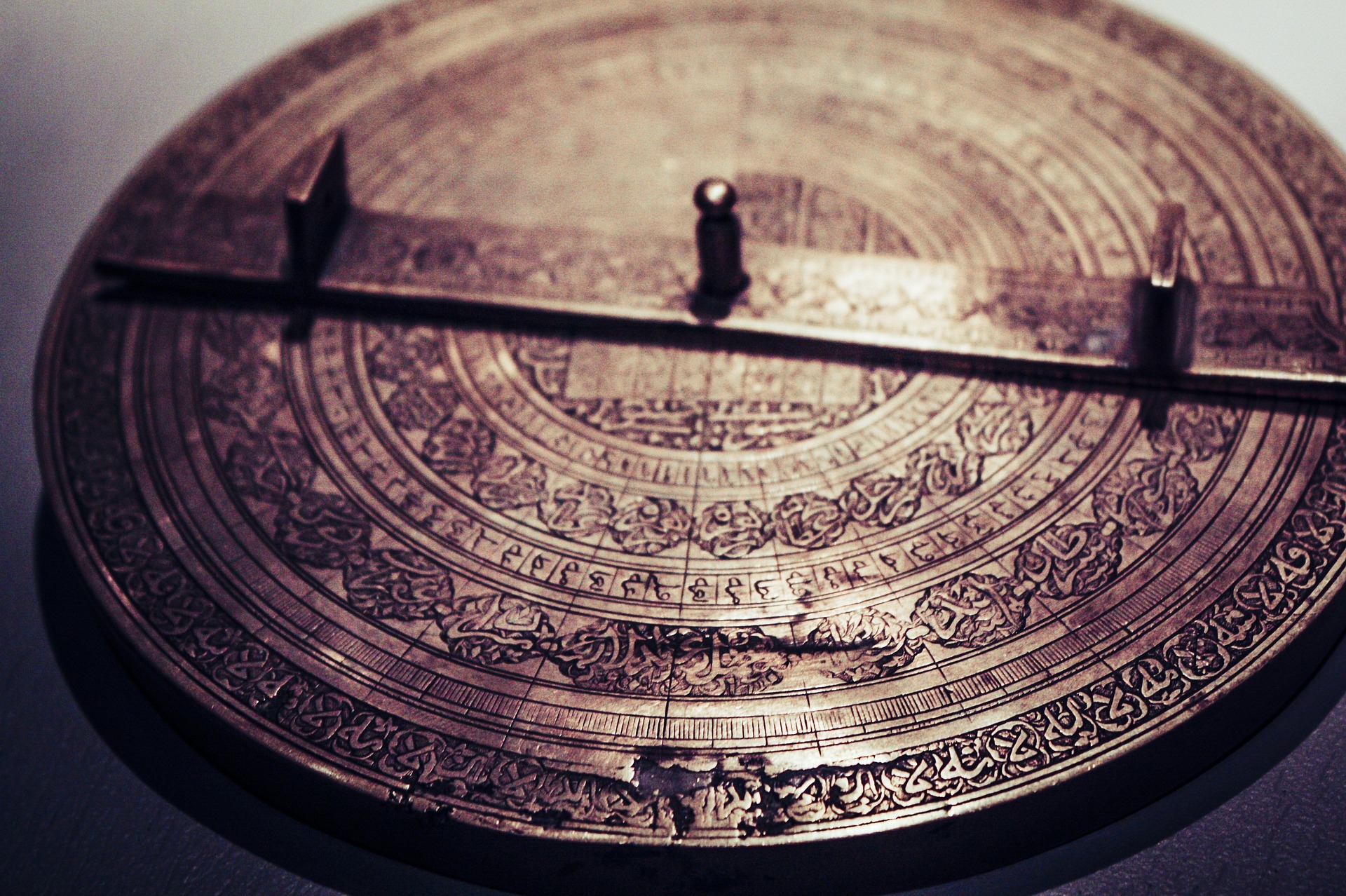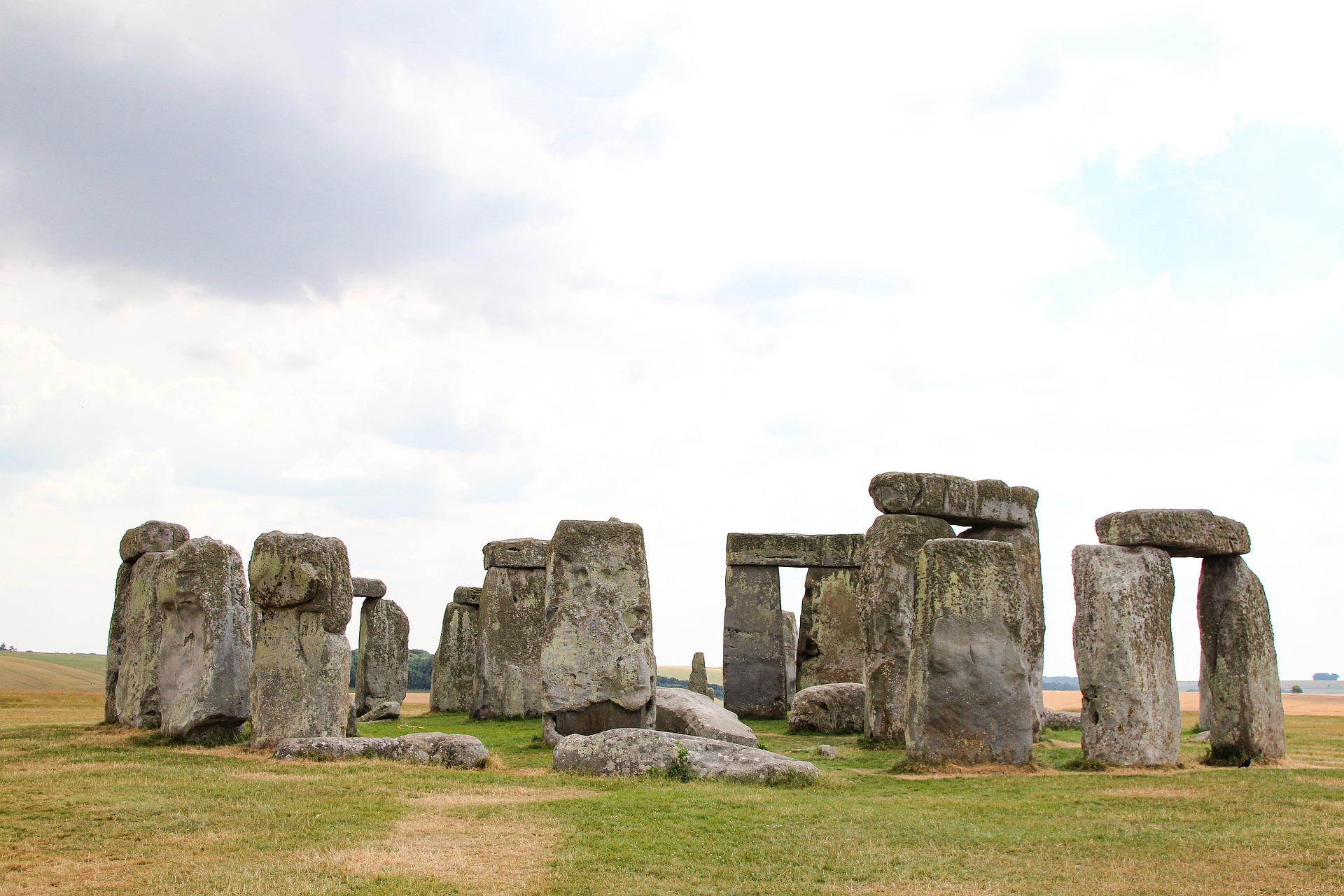Passion of the People – 1.1.3
The Origins of the Calendars
The length of a day is 23 hours, 56 minutes and 4 seconds, a month consists of 29.53 days, and a year of 365.2422 days. This is why it is difficult to define a precise calendar. Ancient civilisations measured time with different calendars.
The earliest calendars date back to the Bronze Age: in the East, the Persians and Babylonians were the first to measure time according to the cycles of the Sun, Moon and days. There were three main types of calendar: solar calendars, lunar calendars, or lunisolar calendars.
The Egyptian civilisation initially adopted a lunar calendar; however, incompatibilities arose between the lunar and solar years, which were overcome by the introduction of a 365-day civil year; they tried to align it with the solar calendar. Egyptians were the first people to assign the month a length of 30 days and to introduce a leap year every four years. The year lasted three seasons, consisting of three or four months and divided into about 120 days – they were named according to significant agricultural events – plus five sacred days. Given that a month lasted 30 days, five intercalary days were added to complete the year, so that the months corresponded to 360 days plus five extra days. On these extra days, deities were celebrated and Egyptians could rest from work.
However, the inconsistency between the civil calendar and the old lunar calendar, controlled by the rising star Sirius, soon became evident. The lunar calendar included the same seasons each year, while the civil calendar lost a quarter of a day per year compared to the solar year. A second lunar calendar was therefore adopted, based on the civil year, for the purpose of marking religious celebrations. Egyptians tried to keep it in general agreement with the civil year. The old lunar calendar continued to be used instead for agriculture. Among the instruments used by the Egyptian civilisation to tell the time during the day were sundials, hourglasses and obelisks, and at night the stars.
The Babylonian calendar was a lunisolar calendar, which took into account both the solar year and the phases of the Moon: this means that the months were marked by the different phases of the Moon, while the years were based on the solar year (Wiebe 2021). It was used in Babylonia and the surrounding regions for administrative, spiritualistic and commercial reasons. The year, according to this calendar, consisted of 12 lunar months and began at the spring equinox. It consisted of about 354 days, more or less reconciled with the solar year. Each month began after sunset, on the evening in which the first crescent moon after the astronomical new moon could be observed. In order for the year to follow the course of the seasons, an intercalary month was added on a semi-regular basis.
Early Roman calendar was based on the cycles of the Moon and the seasons of the agricultural year. The year lasted ten months – beginning in March, in spring, and ending in December – with six 30-day months and four 31-day months, for a total of 304 days. Actually, ten lunar months comprised 295 days and the two winter months were not counted, as there was no work in the fields. According to historical sources, the second king of Rome, Numa Pompilius, divided the lunar year into twelve months, adding fifty days and reducing each month by one day to merge them into the two winter months – January and February. The year thus became 355 days long. The lunar calendar, however, featured various challenges. One had to choose each time when to add or remove days so that the calendar would correspond with equinoxes, solstices and seasons. Julius Caesar, with the help of an Alexandrian astronomer, Soisgenes, introduced a new solar calendar. It was based on the revolutions of the Earth around the Sun. With this calendar – the so-called Julian calendar – the year was divided into 365 days and 12 months, with a leap year every 4 years due to the addition of a day to the month of February.
However, the Julian calendar was also inaccurate – it did not accurately follow the tropical year, i.e. the exact time with which the Earth orbits the Sun, causing the calendar to regress about one day every hundred years. Due to these inaccuracies, it was later replaced by the Gregorian calendar, which is the most widely used calendar nowadays and the standard model for the Representation of dates and times internationally. The Gregorian calendar was introduced by Pope Gregory XIII in 1582; however, it was actually designed by Italian doctor, astronomer and philosopher Luigi Lilio. This calendar has a year divided into 365 days, with 12 months of irregular duration – some months are 30 days, while others are 31. Only February has 28 days in a regular year; every four years an extra day is added, with the year lasting 366 days.
Another important concept for the history of calendars is the “Julian day”. This refers to the number of days that have passed since noon on Monday 1 January 4713 BC. This date was suggested by French humanist, historian and writer Joseph Scaliger in 1583, as the beginning of a 7890-year cycle; thus, a Julian day can be considered as the number of elapsed days since the beginning of this cycle. The purpose of this system is to facilitate calculation between dates – expressed as integers – belonging to different calendars. 7980 derives from the combination of several different traditional time cycles. More specifically, it is the arithmetic result of three numbers, corresponding to three minor cycles: a 28-year cycle, at the end of which the combination of days of the year and days of the week is repeated; a 19-year cycle, at the end of which the new moons recur on the same days during the year; finally, a 15-year old cycle, which was introduced by the Roman tax authorities for the revision of taxes. Scaliger came to the conclusion thaat 4713 BC corresponded to the beginning of a new cycle for all three periods, naming the 7980 year-cycle “Julian” in honour of his father Julius. The first Julian cycle will end on 22 January 3268; the next day will correspond to the first day of the second Julian cycle.

Further Resources
Links below will redirect you to external websites. In accordance with the European data protection declarations, we would like to point out that by clicking on these links you may send data to external providers. We cannot prevent that.
Images
![]() Calendar in the temple of Kom Ombo
Calendar in the temple of Kom Ombo
![]() Hieroglyphic calendar at Elephantine
Hieroglyphic calendar at Elephantine
![]() Stone tablet detailing the original Roman calendar
Stone tablet detailing the original Roman calendar
![]() Reproduction of Fasti Antiates Maiores
Reproduction of Fasti Antiates Maiores
Videos
 La folle, assurda e caotica storia del calendario [Pillole di Storia] – La Biblioteca di Alessandria
La folle, assurda e caotica storia del calendario [Pillole di Storia] – La Biblioteca di Alessandria
 La vera storia del calendario – Victor Vegan Y I Fiore
La vera storia del calendario – Victor Vegan Y I Fiore
 Alessandro Roccati, Il calendario al tempo degli Egizi – Accademia delle Scienze di Torino
Alessandro Roccati, Il calendario al tempo degli Egizi – Accademia delle Scienze di Torino
 Il Calendario Egiziano con Leonardo Paolo Lovari – Leonardo Lovari – Il Risveglio delle Coscienze
Il Calendario Egiziano con Leonardo Paolo Lovari – Leonardo Lovari – Il Risveglio delle Coscienze
 La storia del Calendario, con “L’Italiano vero” (ep. 31 extra) – Storia d’Italia Podcast
La storia del Calendario, con “L’Italiano vero” (ep. 31 extra) – Storia d’Italia Podcast
 Il calendario Giuliano e quello Gregoriano, con l’italiano vero – Storia d’Italia Podcast
Il calendario Giuliano e quello Gregoriano, con l’italiano vero – Storia d’Italia Podcast
Online Resources
![]() Babylonian Astronomy and Calendar
Babylonian Astronomy and Calendar
![]() Introduction to the Roman calendar
Introduction to the Roman calendar
![]() Julian Date (JD) Calculator and Calendars
Julian Date (JD) Calculator and Calendars
 La sfida del calendario – Istituto e Museo di Storia della Scienza, Museo Galileo
La sfida del calendario – Istituto e Museo di Storia della Scienza, Museo Galileo
 I calendari degli altri – Il Post
I calendari degli altri – Il Post
 Vicino Oriente antico. Il computo del tempo – TRECCANI
Vicino Oriente antico. Il computo del tempo – TRECCANI
 Approfondimento – Gregorio XIII e la riforma del calendario – MOdE
Approfondimento – Gregorio XIII e la riforma del calendario – MOdE
 Luigi Lilio, l’uomo del calendario – L’Almanacco della Scienza
Luigi Lilio, l’uomo del calendario – L’Almanacco della Scienza
 I calendari e i loro errori – ScienzaPerTutti
I calendari e i loro errori – ScienzaPerTutti
 Scienza egizia. Astronomia e calendari – TRECCANI
Scienza egizia. Astronomia e calendari – TRECCANI
 Come è stato stabilito il giorno giuliano? – Focus
Come è stato stabilito il giorno giuliano? – Focus
Further Readings
![]() Calendars and Constellations of the Ancient World (Emmeline Plunket)
Calendars and Constellations of the Ancient World (Emmeline Plunket)
![]() Ancient Computing: From Counting to Calendars (Michael Woods, Mary B. Woods)
Ancient Computing: From Counting to Calendars (Michael Woods, Mary B. Woods)
 I calendari dei cristianesimi: calendario giuliano e calendario gregoriano – Gruppo Editoriale La Scuola
I calendari dei cristianesimi: calendario giuliano e calendario gregoriano – Gruppo Editoriale La Scuola
Teaching Material
For Kids
![]() Who decided a year should have 12 months? Curious Questions & Answers | Educational Videos by Mocomi
Who decided a year should have 12 months? Curious Questions & Answers | Educational Videos by Mocomi
 Il Calendario e il Tempo nell’antica Roma – Lezioni a distanza
Il Calendario e il Tempo nell’antica Roma – Lezioni a distanza

